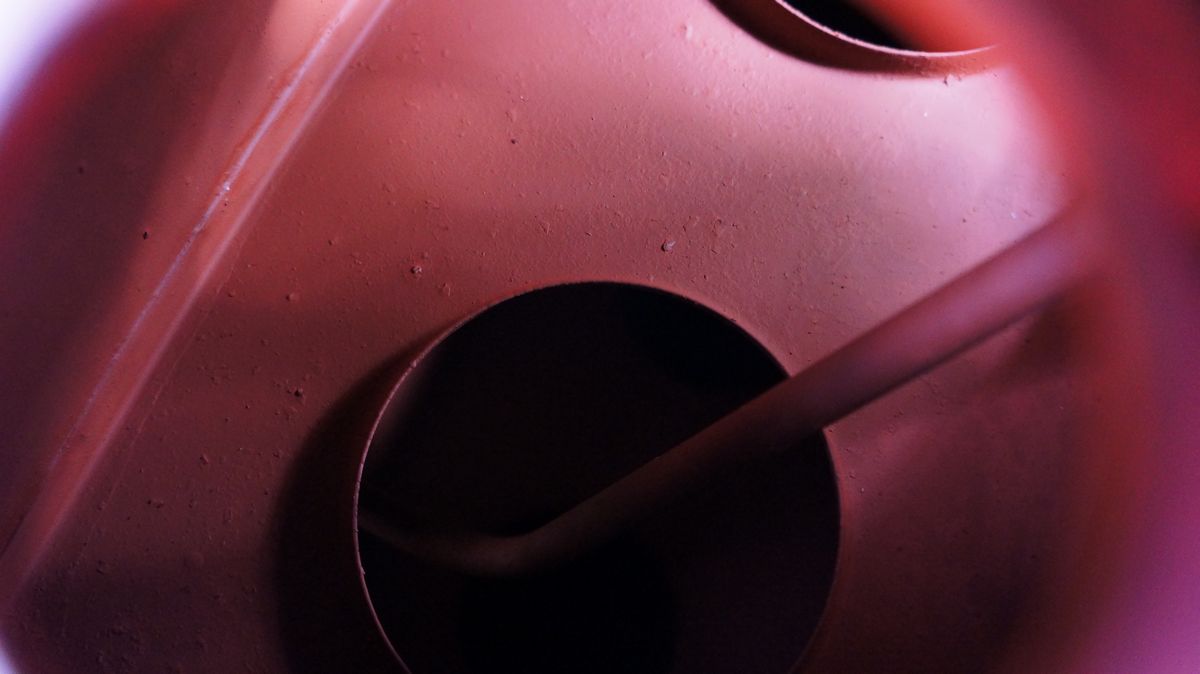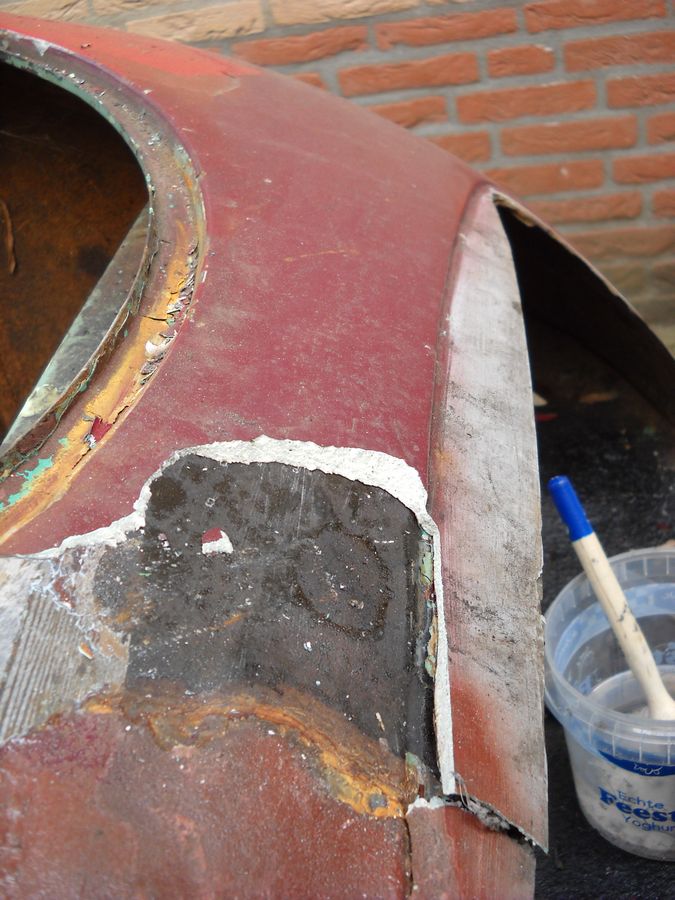Body work
All welding work is done
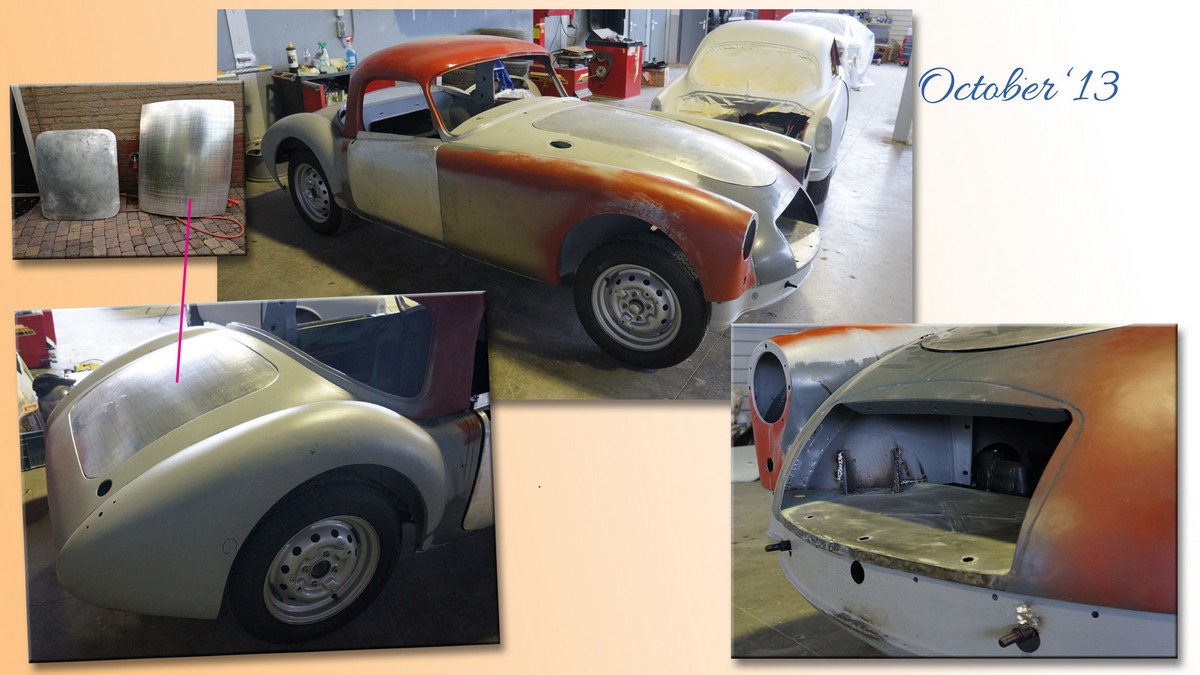 All the welding work is finally done. We ended up calling in the help of an expert to help us with the alignment of all the remaining panels and installing the aluminium skins of the door and boot lid. Everything is properly aligned now and the car at now waiting to get a primer and filler to make the bodywork perfectly smooth.
All the welding work is finally done. We ended up calling in the help of an expert to help us with the alignment of all the remaining panels and installing the aluminium skins of the door and boot lid. Everything is properly aligned now and the car at now waiting to get a primer and filler to make the bodywork perfectly smooth.
 After that it will receive a primer to lock in the filler material. When that is all done, we can pick up the chassis to mount the engine, while the body shell will receive its final layers of paint on the inside: engine bay, inside of the doors, boot, inner fenders etc. Once that is all done the two can be put together again, after which the final paint on the outside can be applied. How will it look and how will it drive? In a couple of months we will know. Keep an eye on our website....
After that it will receive a primer to lock in the filler material. When that is all done, we can pick up the chassis to mount the engine, while the body shell will receive its final layers of paint on the inside: engine bay, inside of the doors, boot, inner fenders etc. Once that is all done the two can be put together again, after which the final paint on the outside can be applied. How will it look and how will it drive? In a couple of months we will know. Keep an eye on our website....
An extensive nose job
 The nose is about the first thing you see when you meet a person. And if you hurt your nose it is hard to hide in day to day life. Not much different when it comes to cars. Our MGA was seriously damaged at the front. The fenders did not align properly with the centre front panel. In addition there was (again) lots of filler used to 'shape' the front area. The grid was also a bit deformed and did not align in the recess of the front panel. On one side that was relatively easy to fix using solder techniques. On the left-hand side things were much worse, and I ended up cutting out a piece and re-shaping it from a new piece of sheet metal. The rest can be solved with just a tiny bit of filler.
The nose is about the first thing you see when you meet a person. And if you hurt your nose it is hard to hide in day to day life. Not much different when it comes to cars. Our MGA was seriously damaged at the front. The fenders did not align properly with the centre front panel. In addition there was (again) lots of filler used to 'shape' the front area. The grid was also a bit deformed and did not align in the recess of the front panel. On one side that was relatively easy to fix using solder techniques. On the left-hand side things were much worse, and I ended up cutting out a piece and re-shaping it from a new piece of sheet metal. The rest can be solved with just a tiny bit of filler.
Learn from someone else's mistakes

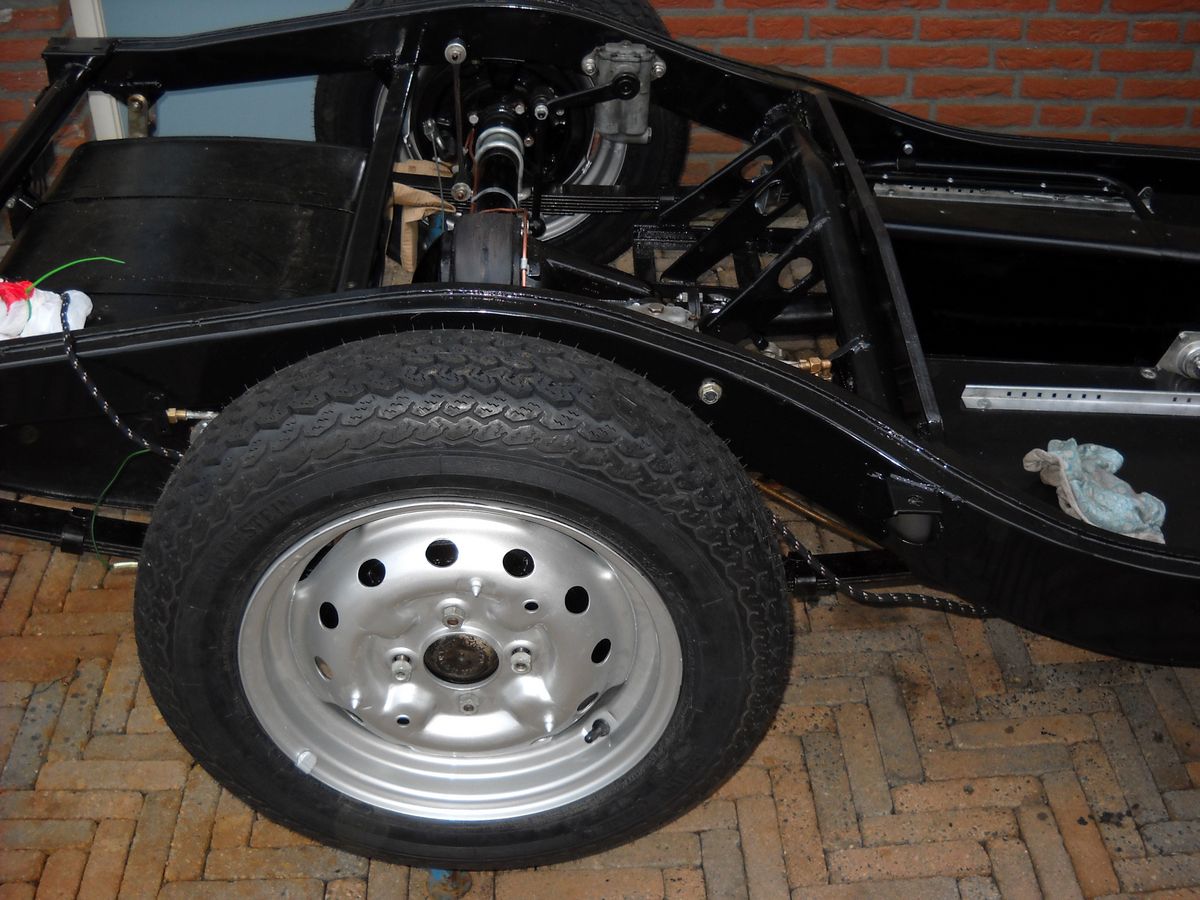
With the roof taken care of, we used soldering to straighten out small uneven patches. Looks like the rear of the car is getting into shape. We fitted the fenders and are pleased with the results. The fitting of the grill to the body is not quite there yet. We will have to get new chrome on the grill any ways, so we can make it to fit before the chrome job. The next step is to fit the remaining body parts to make sure everything lines up. Then we can painting the inside of the body shell and the fenders in the right colour.
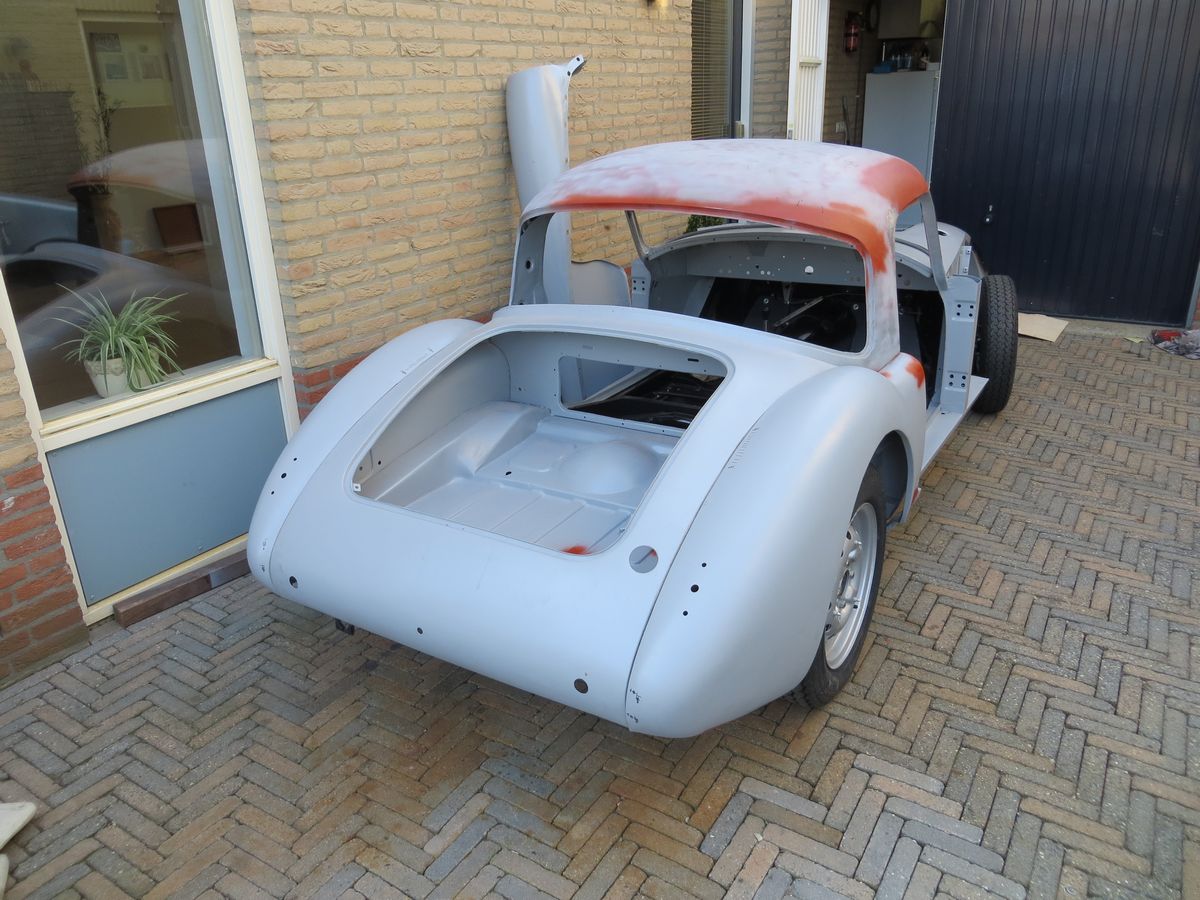
Battle on two fronts
 With the body shell separated from the chassis, the restoration becomes a two-front battle: the chassis at home and the body shell at a professional car restoration expert Martin Dijkhof. The roof had many dents and I needed help from an expert to get the roof perfectly smooth. With the roof being as low as this MGA, it is first thing one sees when walking up to the car and so that has to be perfect. With the work I did on the roof the metal stretched a bit too much here and there. By heating it up, the metal can be shrunk back again.
With the body shell separated from the chassis, the restoration becomes a two-front battle: the chassis at home and the body shell at a professional car restoration expert Martin Dijkhof. The roof had many dents and I needed help from an expert to get the roof perfectly smooth. With the roof being as low as this MGA, it is first thing one sees when walking up to the car and so that has to be perfect. With the work I did on the roof the metal stretched a bit too much here and there. By heating it up, the metal can be shrunk back again.
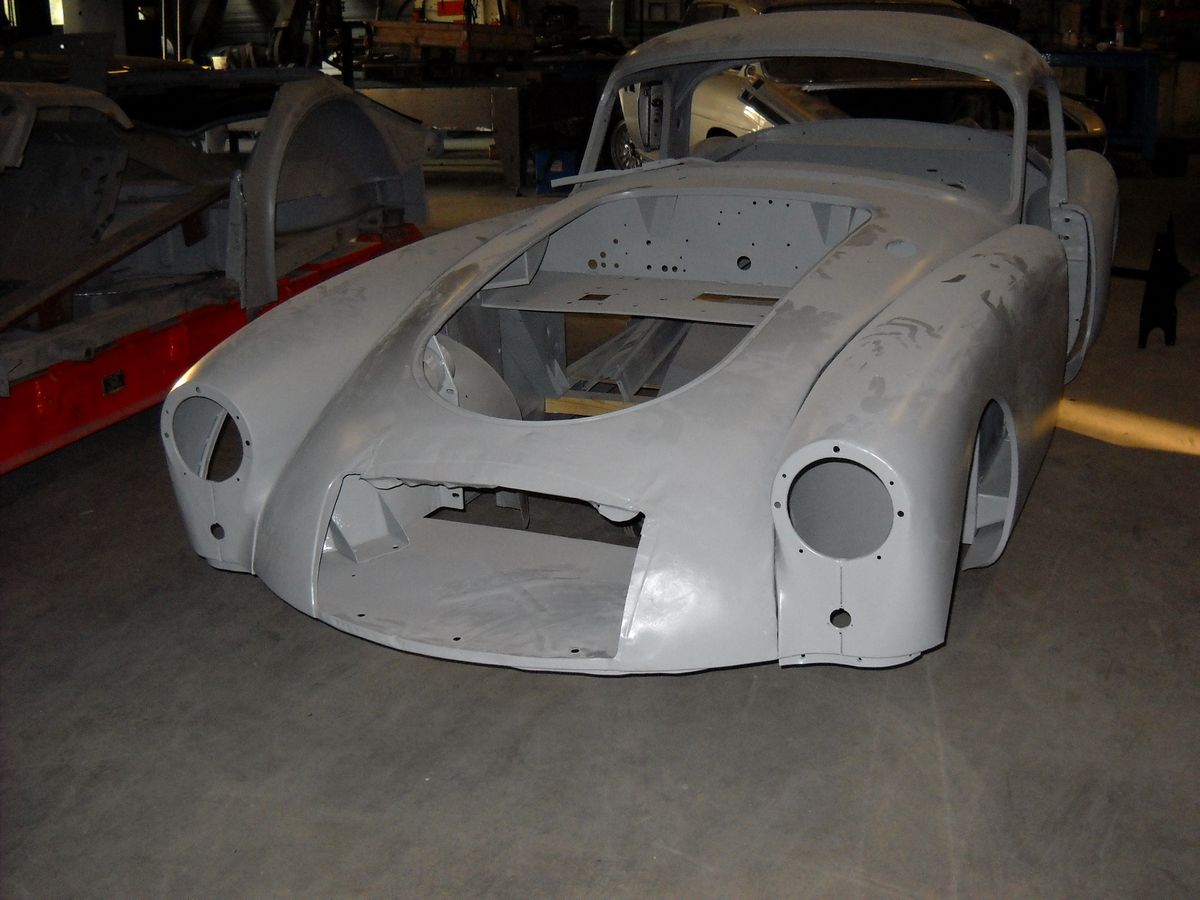
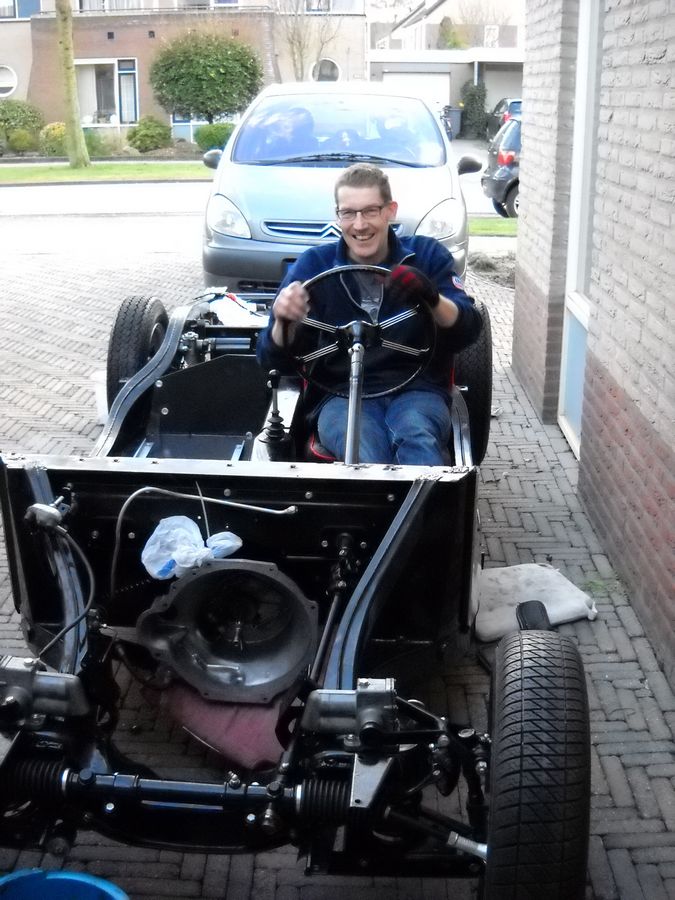
With the car in the building up phase, we speculate on the date we can take it for a spin. Well, to be perfectly frank: looks like we are closer to the finish than to the start. But if that also means closer to the finish in time, still remains to be seen. As much as we would like to put it on the road, we also enjoy the restoration process just as much... Time will tell.
How to eat an elephant
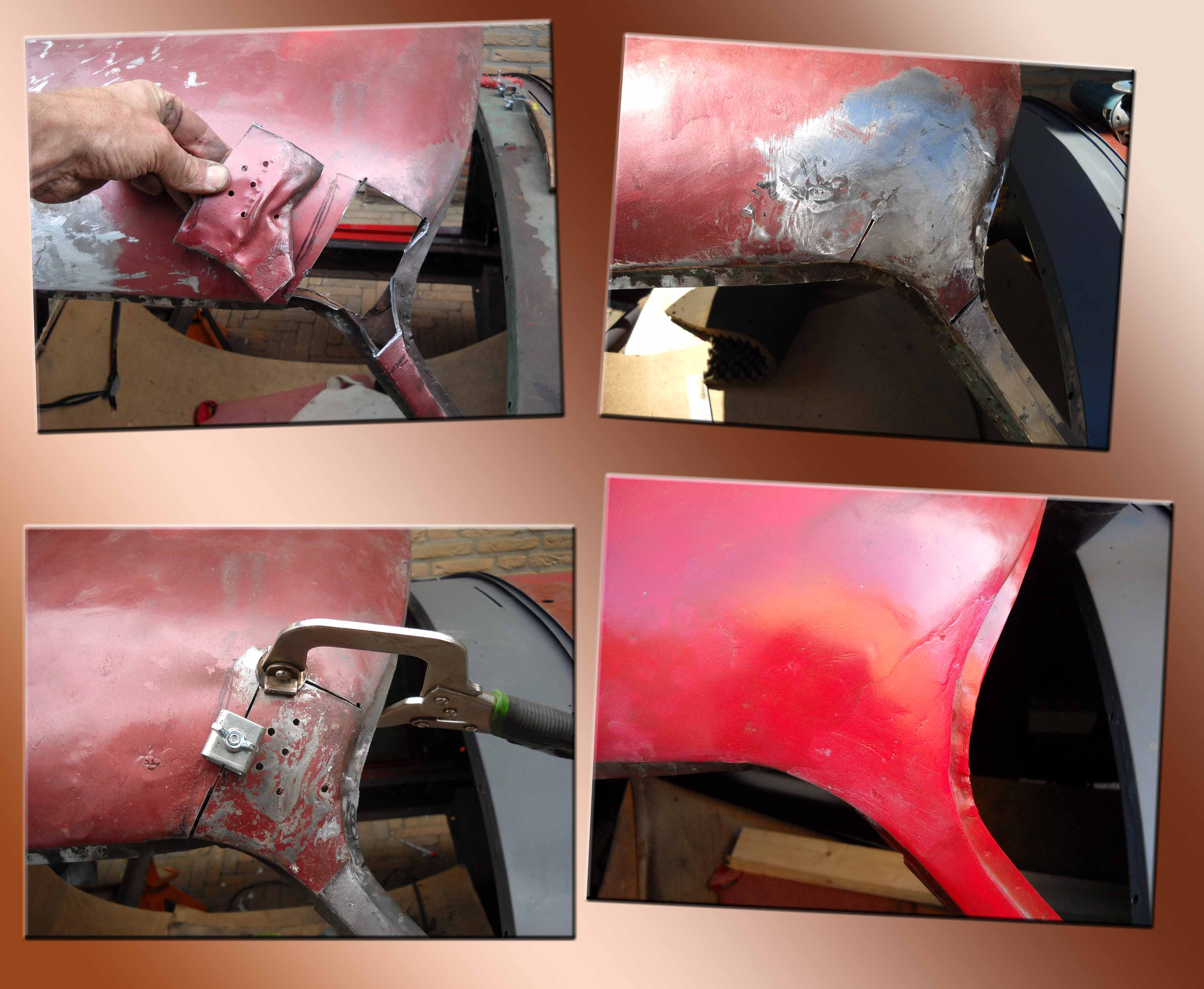 How to eat an elephant: One bite at the time. Vegetarian readers as well as environmentalists do not need to worry. I am not going to hunt and slaughter one of those magnificent creatures. It is just a way to express how the body work on the MGA is progressing. We already found numerous dents on all places of the fenders and body shell. Some of those dents were so bad that I decided to cut out a section, reshaped it on the bench or sometimes just to remake it altogether and weld it back in.
How to eat an elephant: One bite at the time. Vegetarian readers as well as environmentalists do not need to worry. I am not going to hunt and slaughter one of those magnificent creatures. It is just a way to express how the body work on the MGA is progressing. We already found numerous dents on all places of the fenders and body shell. Some of those dents were so bad that I decided to cut out a section, reshaped it on the bench or sometimes just to remake it altogether and weld it back in.
 The A-posts both left and right were in bad and required some pieces of new metal. I sometimes used soldering tin to smooth out certain areas. The top left corner of the window frame had an interesting shape. We are still wondering how that was accomplished. In normal life filler is generally used to smoothed the surface prior to the paint coat, but in this case it was more like shaping. It looked like a sculptor has recreated the window frame.
The A-posts both left and right were in bad and required some pieces of new metal. I sometimes used soldering tin to smooth out certain areas. The top left corner of the window frame had an interesting shape. We are still wondering how that was accomplished. In normal life filler is generally used to smoothed the surface prior to the paint coat, but in this case it was more like shaping. It looked like a sculptor has recreated the window frame.
